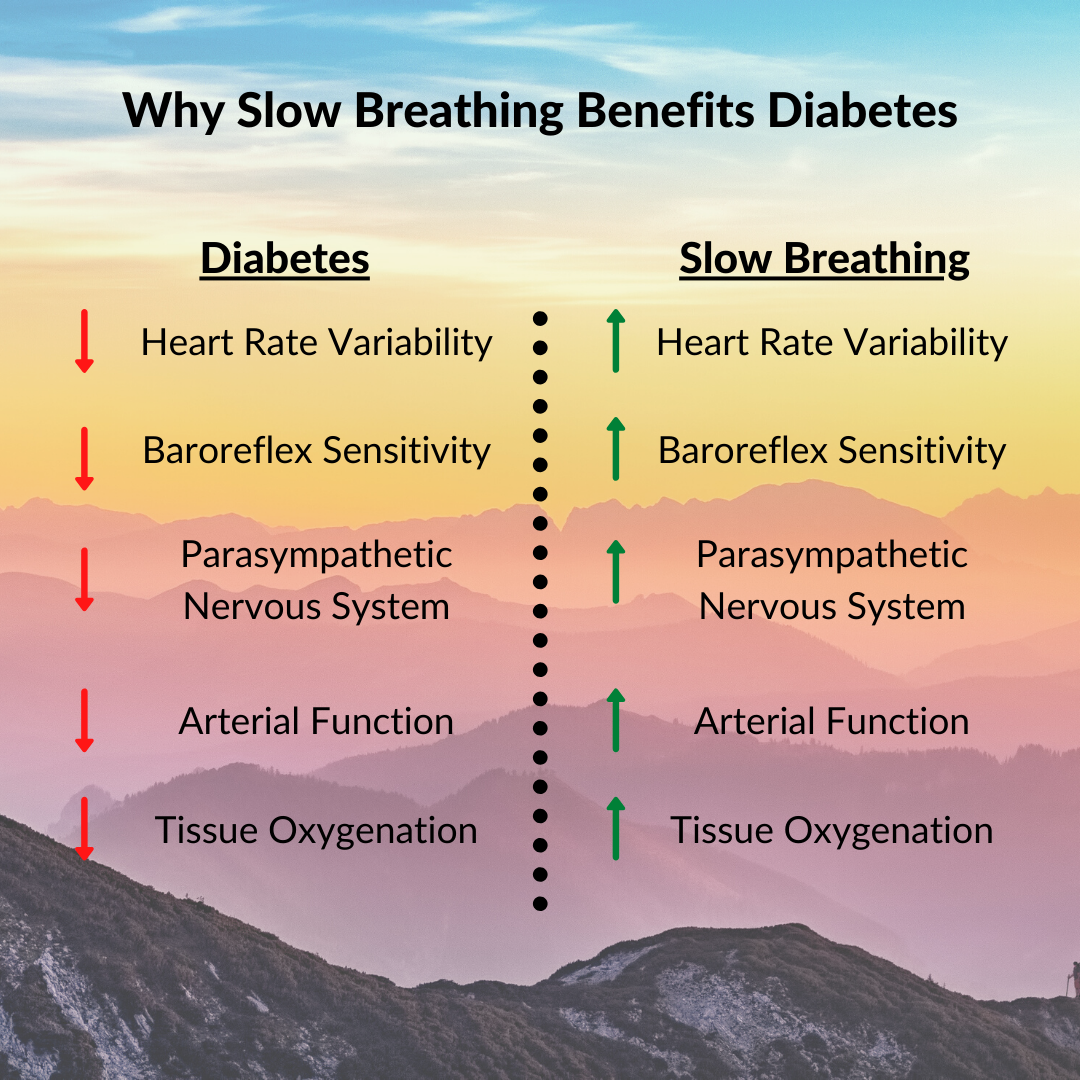🎧 Listen Instead of Reading 🎧
If you enjoy listening, you can subscribe to the audio version on Spotify, Apple Podcasts, and Audible so you don’t even have to look at the email 😊
4 Thoughts
1. Slow Breathing = Deep Meditation?
“When researchers at Harvard, Yale, and the Massachusetts Institute of Technology scanned the brains of experienced meditators, they discovered increased thickness in regions of the brain's cortex, or grey matter, related to focus and attention…But what's intriguing about this study is that breathing rate was used to determine how deep in meditation the subjects were able to get. The slower the breathing rate, the deeper in meditation participants became. And, the more pronounced their increase in grey matter.” *
- Leah Lagos, Heart Breath Mind
That deserves a 🤯
If slower breathing rates are a byproduct (and measure) of deeper meditation, I wonder if we can reverse engineer it…
2. The Deep Breath Hypothesis
“The Deep Work Hypothesis: The ability to perform deep work is becoming increasingly rare at exactly the same time it is becoming increasingly valuable in our economy. As a consequence, the few who cultivate this skill, and then make it the core of their working life, will thrive.”
- Cal Newport, Deep Work
And similarly, this couldn’t be any truer:
The Deep Breath Hypothesis: The ability to perform deep breathing is becoming increasingly rare at precisely the same time it is becoming increasingly valuable to our physiology. Consequently, the few who cultivate this skill, and then make it the core of their waking life, will thrive.
3. Wim Hof vs. Slow Breathing, Part 2: The Famous Endotoxin Challenge
I’ve called Wim Hof’s endotoxin study the “4-minute mile” of breathing.
So, you can only imagine my excitement when I found a study basically doing the exact same thing, but with slow breathing (it was perhaps the most excited I’ve ever been reading a paper, lol).
I produced an in-depth comparison of the studies here.
But, here are some of the take-home messages:
The WHM reduced fever and all other flu-like symptoms.
Slow breathing reduced headaches and eye sensitivity to light, but did not reduce fever or other flu-like symptoms (e.g., nausea and chills).
Slow breathing improved autonomic functioning as measured by HRV, suggesting participants had greater resiliency. HRV was not measured during the WHM experiment.
The WHM significantly reduced inflammatory cytokines. Slow breathing did not.
The WHM significantly increased anti-inflammatory cytokines (by up to 194%). Slow breathing did not.
There are many (many) caveats and differences between the studies, so if you’re interested, see the full write-up for more details and additional thoughts.
But based on these results, the WHM was decidedly more effective than slow breathing at reducing acute inflammation and fighting off flu-like symptoms.
4. How to Change Our Species (hint: breathe)
“And I would argue that we humans are most human when we’re improving ourselves. We, unlike any other animal, can consciously change ourselves, to improve ourselves in ways we choose. This distinguishes us from every other species alive today and, as far as we know, from every other species that has ever lived.” *
- Anders Ericsson and Robert Pool, Peak
We are the only species that can consciously change ourselves to improve in ways we choose. We’re also the only ones that can consciously change our breathing in ways we choose.
Maybe that’s a coincidence. But then again, maybe it’s not…
1 QUOTE
“Happiness lies in your own heart. You only need to practice mindful breathing for a few seconds, and you'll be happy right away.” *
- Thich Nhat Hanh
1 ANSWER
Category: Breathing Rates
Answer: These aquatic mammals breathe around 1.5 - 2.5 breaths per minute at rest.
…
(Cue the Jeopardy! music.)
…
Question: What are bottlenose dolphins?
In good breath,
Nick Heath, T1D, PhD
“Breathing is the compound interest of health & wellness.”
* An asterisk by a quote indicates that I listened to this book on Audible. Therefore, the quotation might not be correct, but is my best attempt at reproducing the punctuation based on the narrator’s pace, tone, and pauses.
Sign Up For The Breathing 411
Each Monday, I curate and synthesize information from scientific journals, books, articles, and podcasts to share 4 thoughts, 1 quote, and 1 answer (like "Jeopardy!") related to breathing. It’s a fun way to learn something new each week.



